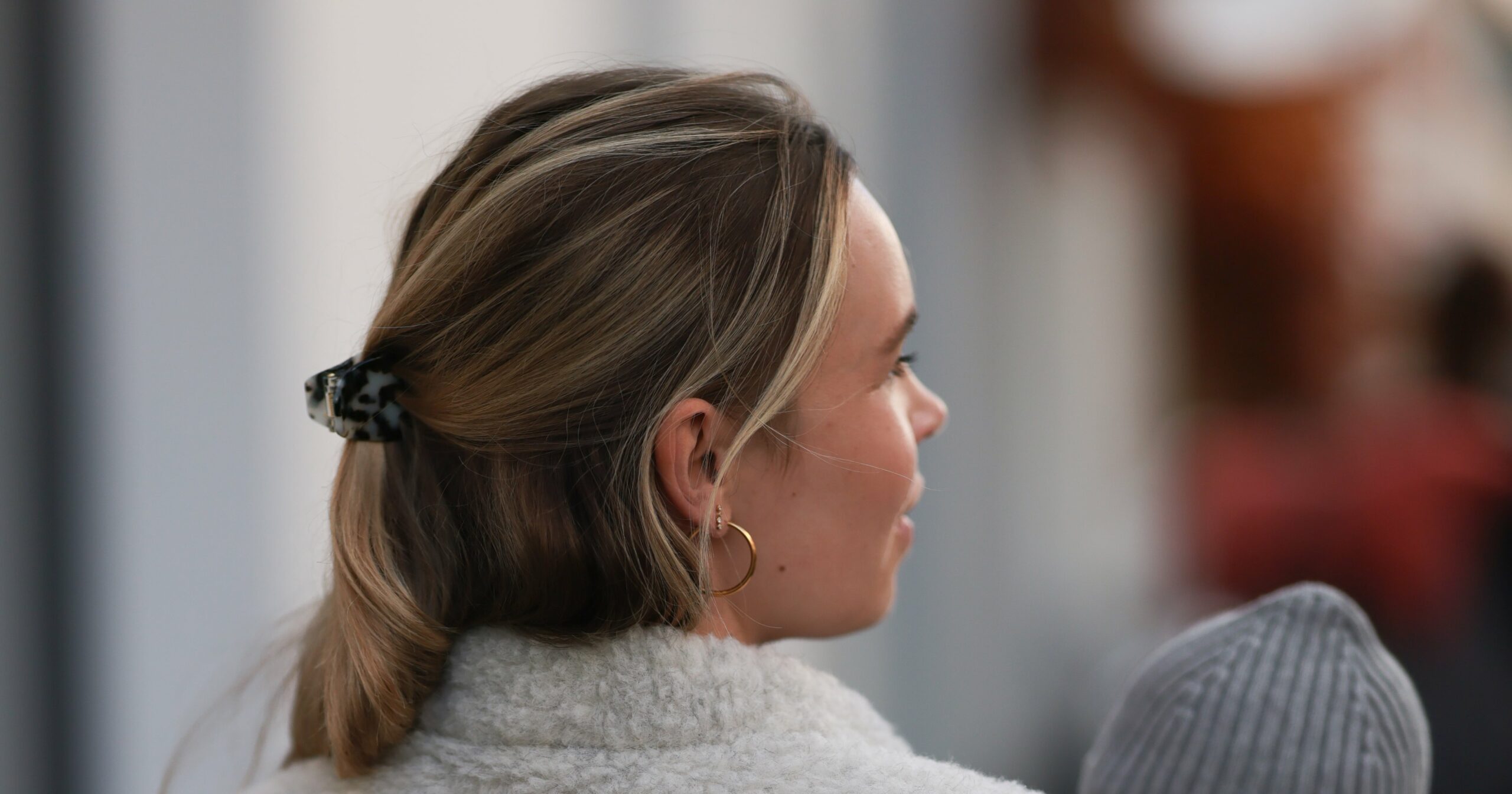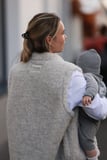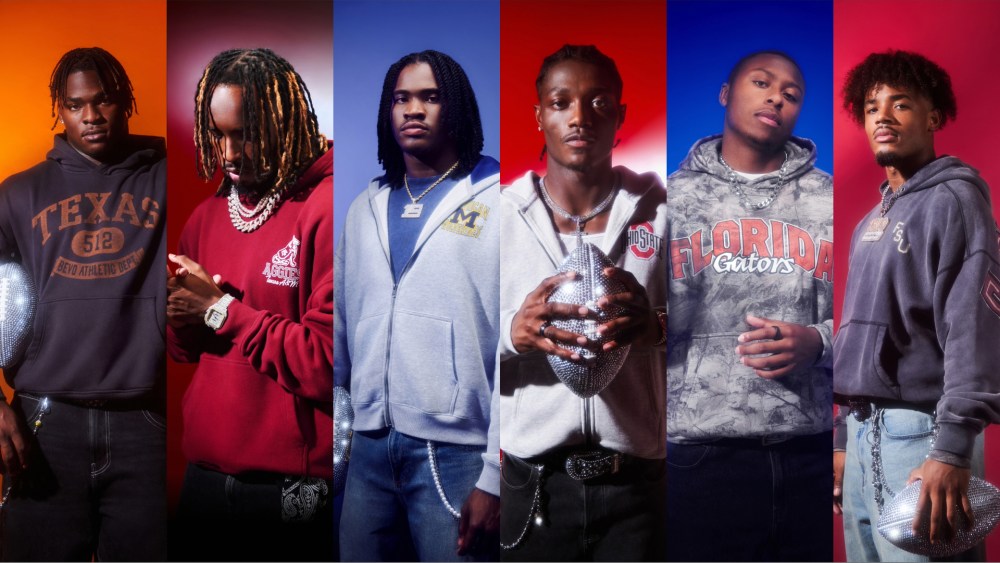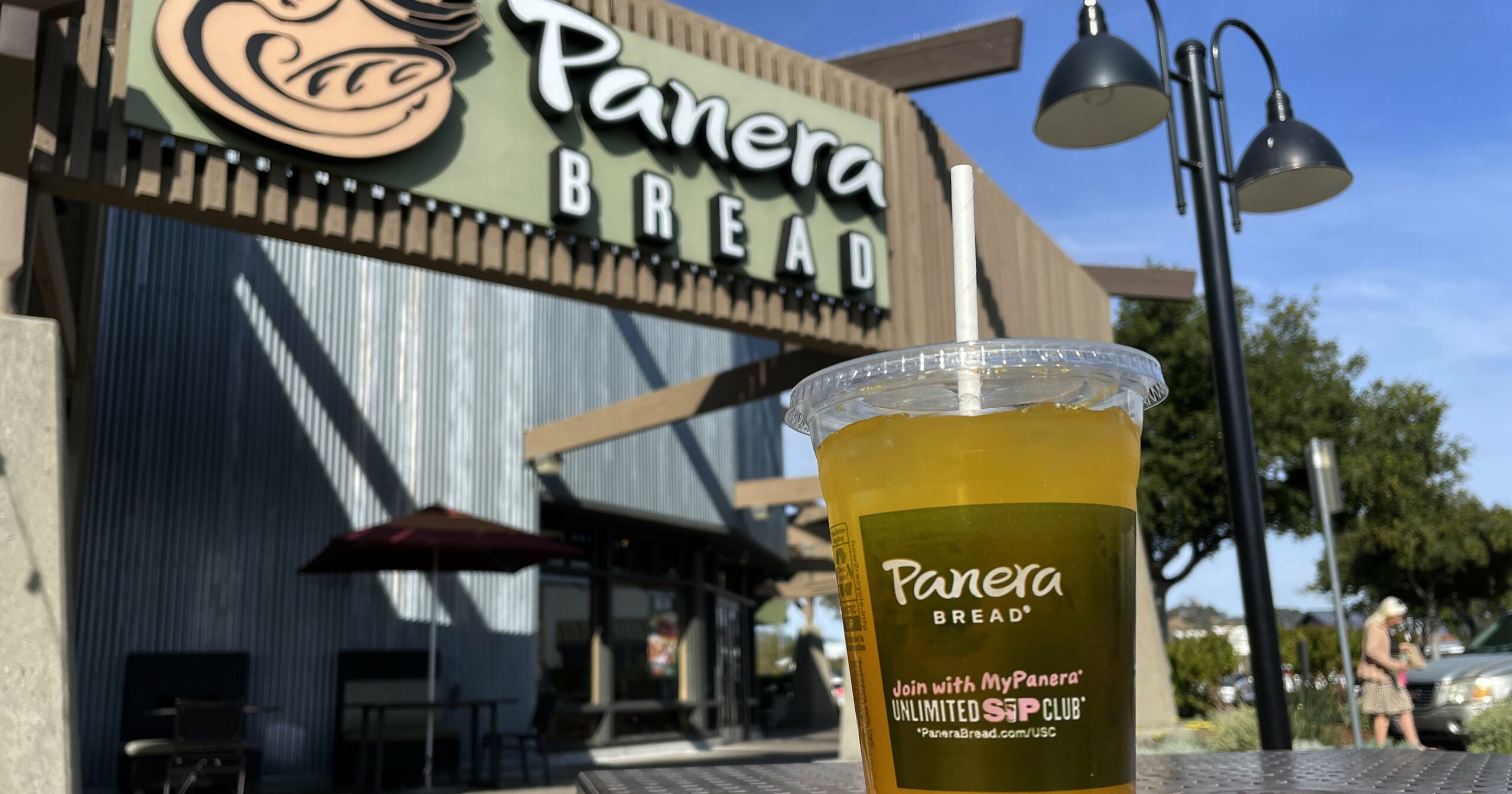While contouring with makeup has gone from trend to a near-daily step in many people’s beauty routines, hair contouring is still in its infancy. The technique promises to help sculpt your face the same way makeup would, but with strategically placed hair color or layers instead.
Because it’s complicated to get right, the trend is typically reserved for professional hairstylists. Still, there’s a lot to know before you step into the salon asking for hair contouring. (The first being: do you want a contour color or a contour cut?) To help digest the information, we reached out to the experts. Keep reading to find out more about this emerging trend, plus a few products that will allow you to try out it out for yourself.
What Is Hair Contouring With Hair Color?
According to Stephanie Brown, a master colorist at IGK Salon who has worked on celebrity clients like Kate McKinnon and Melissa Villaseñor, contouring with hair color is not unlike contouring your face with makeup. “Hair contouring is using dark and light colors to help soften or accentuate different features on your face,” she tells POPSUGAR. It also has the added bonus of adding dimension to your hair, which can make it look fuller.
Similar to makeup, how you choose to contour will depend on your face shape. If you’d like to make a longer face seem rounder, Brown suggests adding brighter pieces toward the ends of the hair. Have a round face? Brown says that highlights paired with darker pieces framing your face will make it look longer.
She also recommends thinking about what you want to hide and what you’d like to accentuate. “Brighter and lighter tones help soften imperfections where [as] darker tones highlight it more,” she says. “Think of a picture frame; when you want to see every detail you frame it with black while it’s the opposite when you frame it in white.”
What Is a Hair Contouring Cut?
Similarly to how strategically placed color can help accentuate certain features, so can strategically placed layers. This can be done on any hair length. If you have a chin-length bob, for example, ask for layers that “highlight your features by showcasing your cheekbones and jawline,” says Devin Toth, a hairstylist at Salon SCK in New York City.
He also suggests you ask your stylist for “either soft bangs or soft, face-framing layers.” This will allow the hair to naturally curve around the face.




